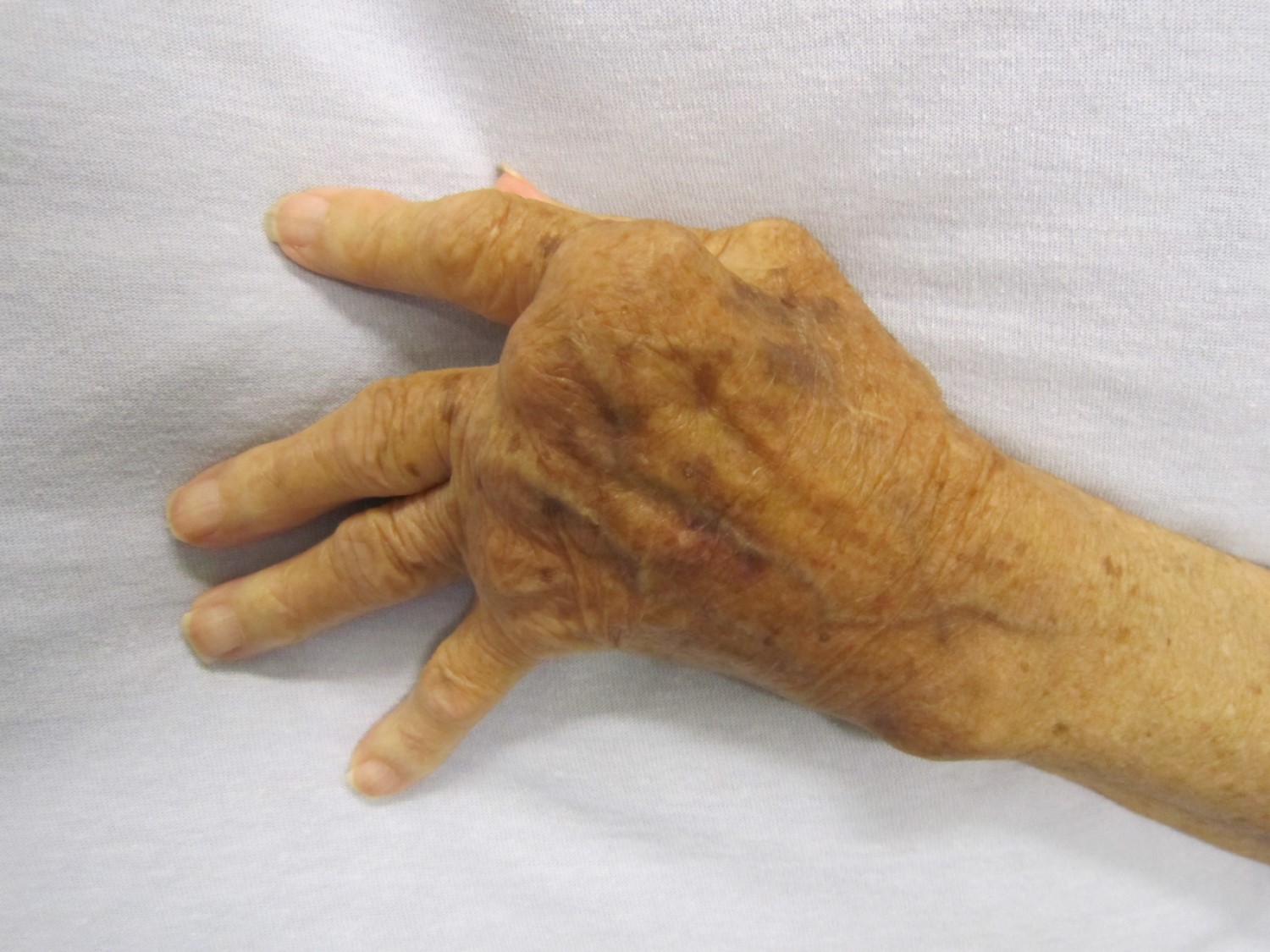
Stanford researchers discovered hereditary arthritis gene
On Jul. 11, 2000, Stanford researchers announced they had identified a substance commonly added to toothpaste to prevent tartar build-up on our teeth may be the same material our bodies use to prevent calcium and minerals accumulating in our joints and forming the deposits associated with arthritis.
Scientists found a mouse gene that transports this substance, pyrophosphate, into and out of cells. If the gene is defective, the animals have severe arthritis. The researchers also identified the human version of the gene and confirmed that it lies in a region of DNA previously implicated in human joint disease, suggesting that disruptions in this gene may underlie arthritis in many different animals. The study findings were published in Science.
Tags:
Source: Stanford Medicine
Credit:
